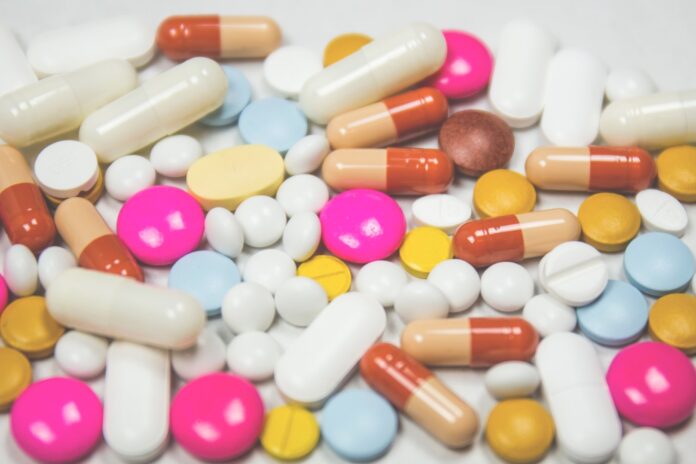Antibiotic resistance is one of the most pressing public health issues of our time. Bacteria have evolved different mechanisms to resist the effects of antibiotics, making it increasingly difficult to treat infections. Scientists are constantly studying bacterial behavior and have made a new discovery that sheds light on how bacteria can become resistant to antibiotics. In this article, we will discuss how bacteria use glycosylation to develop antibiotic resistance.
Glycosylation and Antibiotic Resistance: Glycosylation is a process in which sugar molecules are added to proteins and lipids. This process is important for the structure and function of cells in many living organisms, including bacteria. Scientists have found that some bacteria can use glycosylation to modify their outer surface, creating a protective shield that helps them resist the effects of antibiotics.
Bacteria use glycosylation to mask the proteins and lipids on their surface, making it difficult for antibiotics to recognize and attack them. This process is called molecular mimicry, and it allows bacteria to avoid being detected and destroyed by antibiotics. As a result, bacteria become more resistant to treatment, making it harder for antibiotics to effectively kill them.
The Mechanism of Glycosylation: Glycosylation is a complex process that involves many different enzymes and pathways. Bacteria use various mechanisms to glycosylate their surface proteins and lipids, and different bacteria use different glycosylation pathways. For example, some bacteria use the Wzy-dependent pathway, while others use the ABC transporter pathway. In both cases, sugar molecules are added to surface proteins and lipids to create a protective shield that helps the bacteria resist antibiotics.
Implications of Glycosylation for Antibiotic Resistance: The discovery of glycosylation as a mechanism for antibiotic resistance has significant implications for public health. Antibiotic resistance is already a major problem, and the discovery of this new mechanism adds another layer of complexity to the issue. It also highlights the importance of finding new ways to treat bacterial infections, as traditional antibiotics may become less effective over time.
Researchers are now working to better understand the glycosylation process and how it can be targeted to overcome antibiotic resistance. This could lead to the development of new drugs that can inhibit glycosylation and make antibiotics more effective. It is also important to continue monitoring the use of antibiotics in humans and animals to prevent the spread of antibiotic resistance.
Conclusion: In conclusion, the discovery of glycosylation as a mechanism for antibiotic resistance is a significant finding that has important implications for public health. By masking their surface proteins and lipids, bacteria can avoid being detected and attacked by antibiotics, making them more resistant to treatment. Researchers are now working to develop new ways to target glycosylation and overcome antibiotic resistance. In the meantime, it is important to continue monitoring the use of antibiotics and take steps to prevent the spread of antibiotic resistance.


